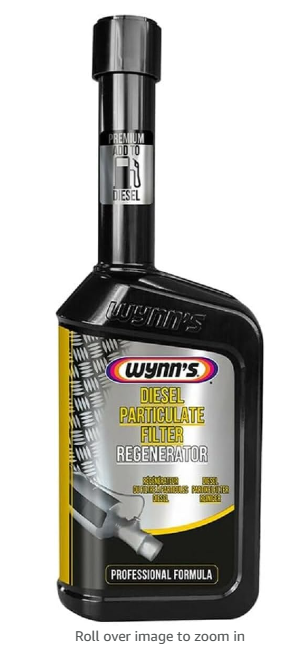The reverse marketplace model in the car market represents a significant shift from traditional car buying processes. Here’s how it is revolutionizing the industry and its benefits for buyers:
- Buyer-Driven Approach: Unlike traditional marketplaces where sellers list cars and buyers choose from available options, a reverse marketplace starts with the buyer. Buyers list their desired car specifications, budget, and preferences. This approach puts buyers in a more commanding position, aligning the market with their specific needs.
- Competitive Pricing: In a reverse marketplace, sellers or dealerships bid to provide the car that matches the buyer’s specifications. This competition among sellers often leads to more competitive pricing, potentially offering better deals to the buyer than in a traditional marketplace.
- Time and Convenience: Buyers save time as they don’t have to browse through multiple listings or visit several dealerships. They simply list their requirements and wait for offers. This can be especially beneficial for those looking for specific car models or features.
- Customization and Preference Matching: Buyers can specify exact requirements such as model, make, color, features, and budget. Sellers then tailor their offers to these preferences, ensuring a higher degree of satisfaction.
- Transparency and Control: This model can offer greater transparency. Buyers can see different offers and conditions from multiple sellers, giving them better control over the decision-making process.
- Reduced Pressure from Sellers: Traditional car buying can often involve pressure from salespeople. In a reverse marketplace, this dynamic is changed, as the buyer evaluates offers at their own pace without direct sales pressure.
- Broader Access to Inventory: Buyers can potentially access a wider range of vehicles from different sellers, including those outside their immediate geographical area.
- Efficiency for Sellers: Although the focus is on buyer benefits, sellers also gain efficiency as they respond to serious inquiries with known preferences, potentially increasing their sales conversion rates.
- Enhanced Market Insights: This model can provide valuable insights into current market demands and trends based on buyer requests, which can be beneficial for the entire industry.
- Environmentally Friendly: By streamlining the car buying process and potentially reducing the need for physical visits to multiple dealerships, this model can contribute to reduced carbon emissions.
The reverse marketplace model in the car industry exemplifies how digital transformation and customer-centric approaches can revolutionize traditional business models, offering significant advantages to buyers in terms of pricing, convenience, and satisfaction.




